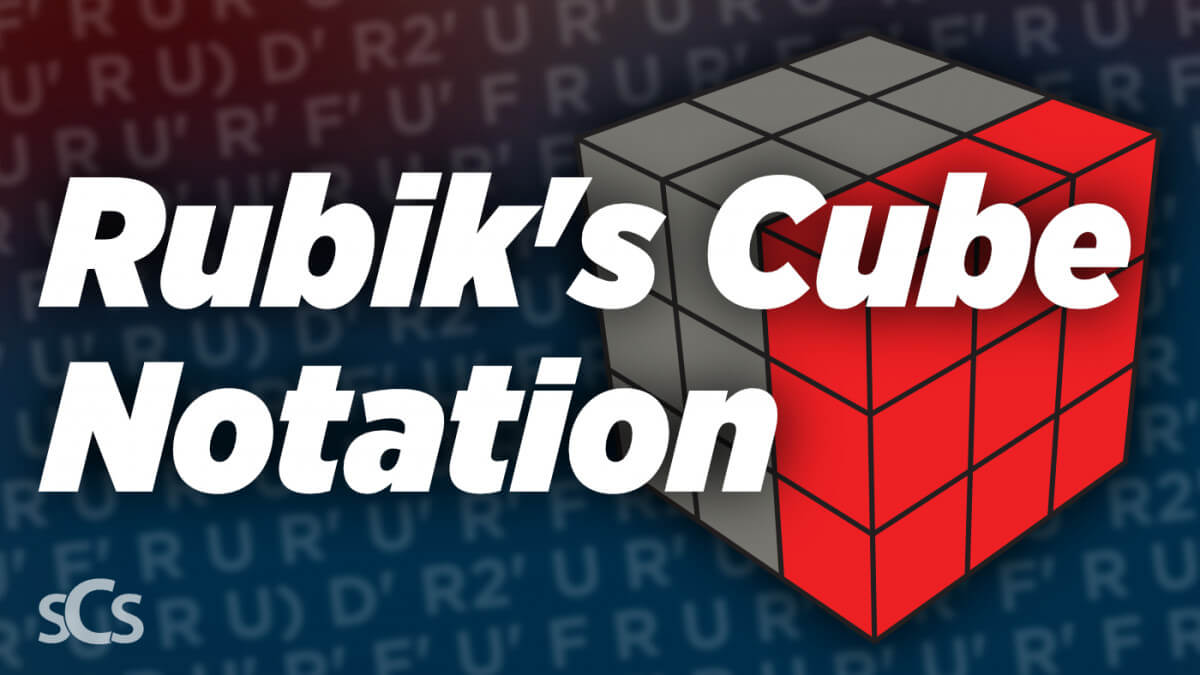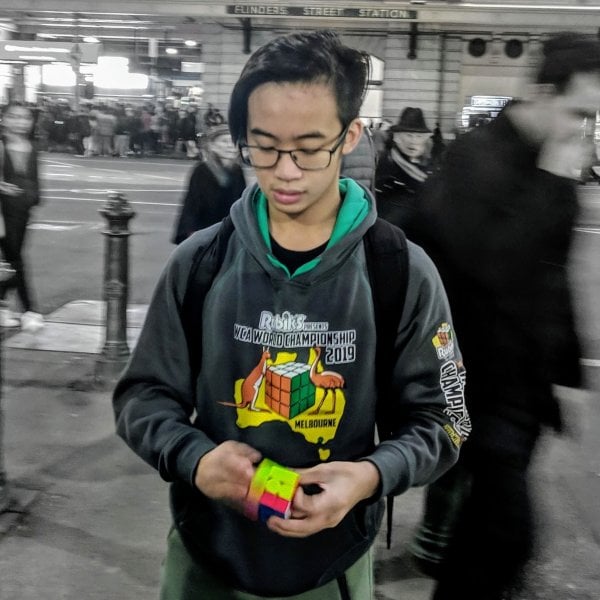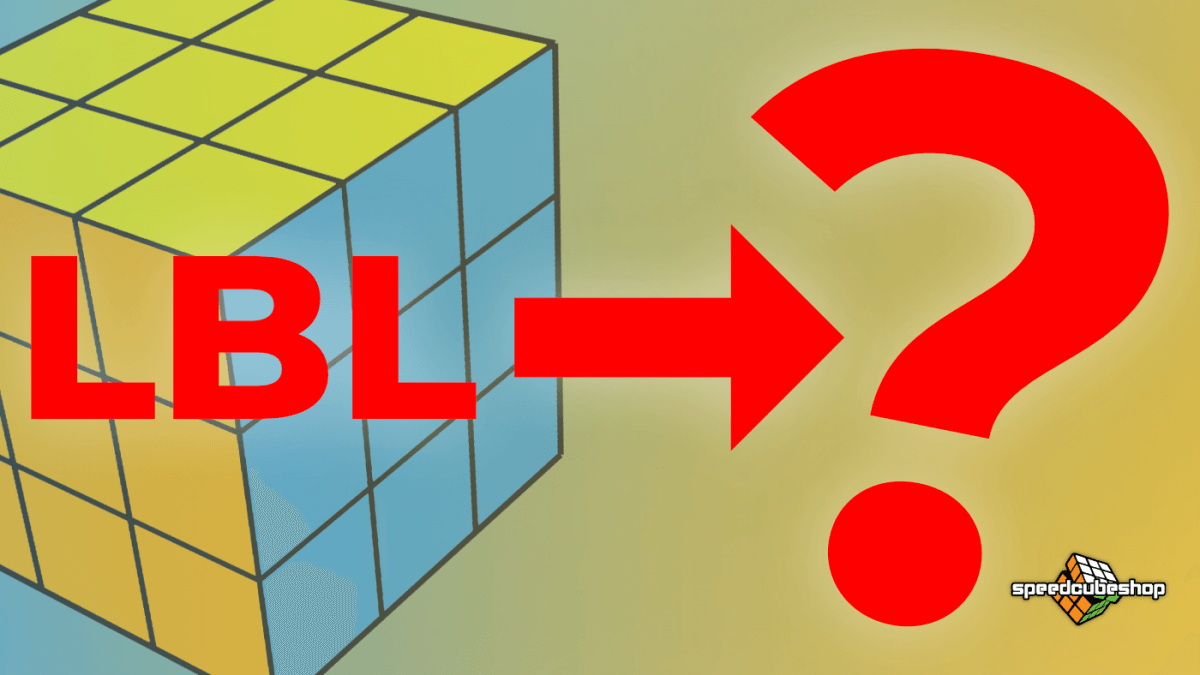Ever been watching a Rubik's cube tutorial video or reading a speed cubing article online, and come across that strange string of letters that somehow refer to moves on the cube? Here's a handy chart for basic 3x3 Rubik's Cube Notation.
Notation
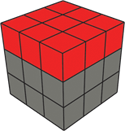 |
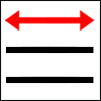 
|
Turn the Up (U) Layer |
 |
 |
Turn the Right (R) Layer |
 |
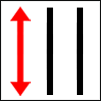 |
Turn the Left (L) Layer |
 |
 |
Turn the Front (F) Layer |
 |
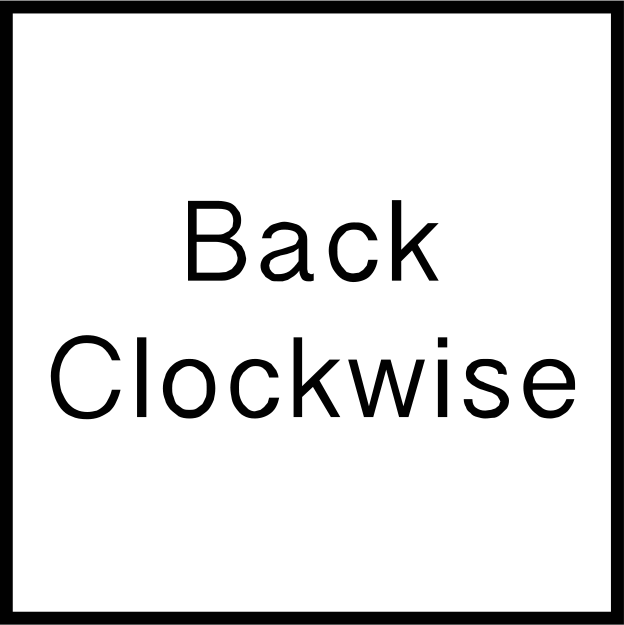 |
Turn the Back (B) Layer |
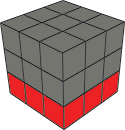 |
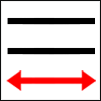 |
Turn the Down (D) Layer |
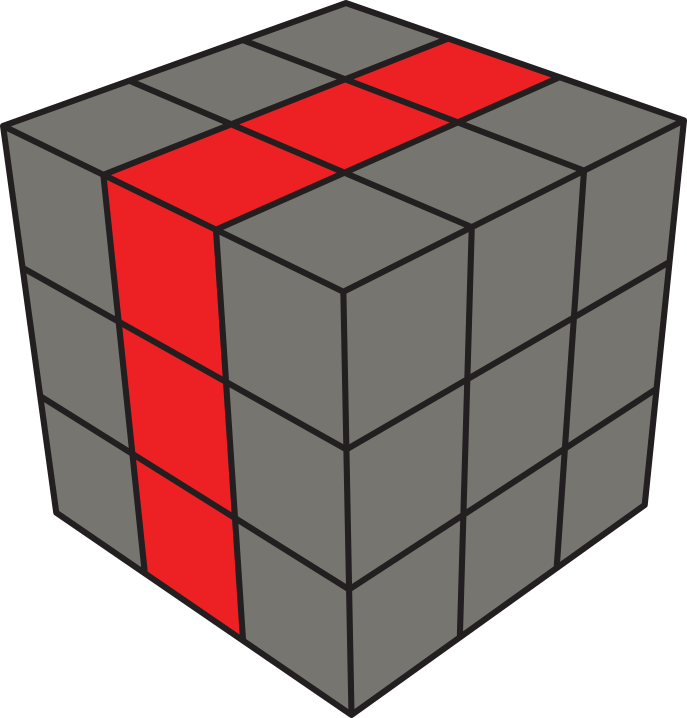 |
Turn the middle (M) layer (Turns in the same direction as the L move) |
|
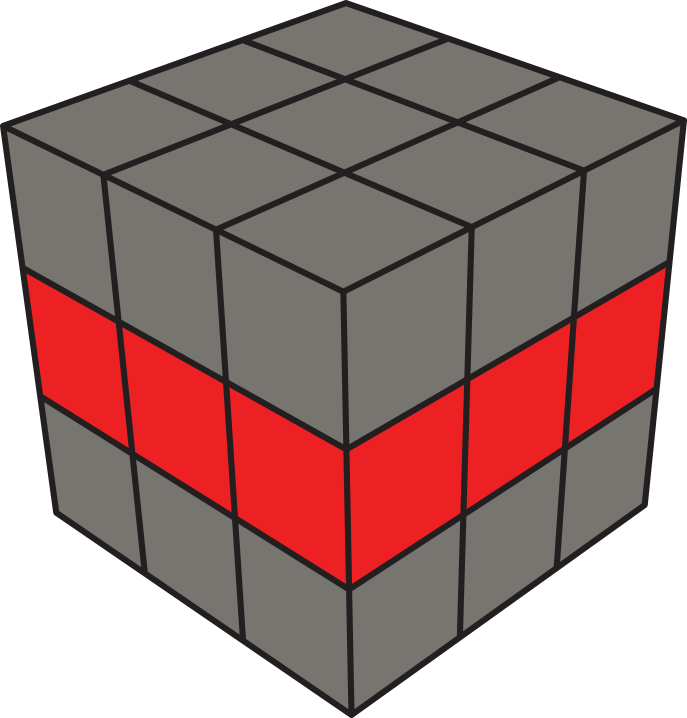 |
Turn the equator (E) layer (Turns the same direction as the D move) |
|
 |
Turn the S layer (Turns the same direction as the F layer) |
Counterclockwise and 180°
All standard notation without any suffixes indicate a 90° clockwise rotation, e.g. R refers to a rotation of the right face 90° clockwise.
To indicate a 90° counterclockwise notation, an apostrophe ' is placed after the letter corresponding to the whichever face needs to be turned 90° counterclockwise,e.g. R' refers to a rotation of the right face 90° counterclockwise.
For a 180° rotation, a number 2 is placed after the corresponding letter similar to the apostrophe indicating counterclockwise moves, e.g. U2 refers to a rotation of the upper face 180° (counterclockwise/clockwise, dependent on case) - not the band!
Wide Moves
Wide moves turn two layers at once and are indicated by either a lower case letter or a W suffix after a letter. For example, r or Rw refers to a 90° clockwise rotation of both the right and middle layers.
Brackets
In algorithm sites such as speedcubestats.com, you may see both square and/or round brackets containing letters. These brackets group like sets of turns together, commonly known as triggers.
For example, an algorithm for OLL (Orientation of the Last Layer) 20 features a R U R' trigger enclosed between circular brackets. A variant of this can be found in OLL 56, where a similar trigger is enclosed but wide R moves are used instead.
| OLL | Diagram | Algorithm |
| 20 |
|
S' (R U R') S U' M' U R U' r' |
| 56 |
|
(r U r') (U R U' R') (U R U' R') (r U' r') |
Triggers are useful for breaking up the algorithms into "chunks" - which can make learning algorithms a lot easier and more digestable.
After having learned basic speed cubing notation, the next step is to start implementing more efficient fingertricks for turning the puzzle - check out J Perm's video tutorial on 3x3 fingertricks.





